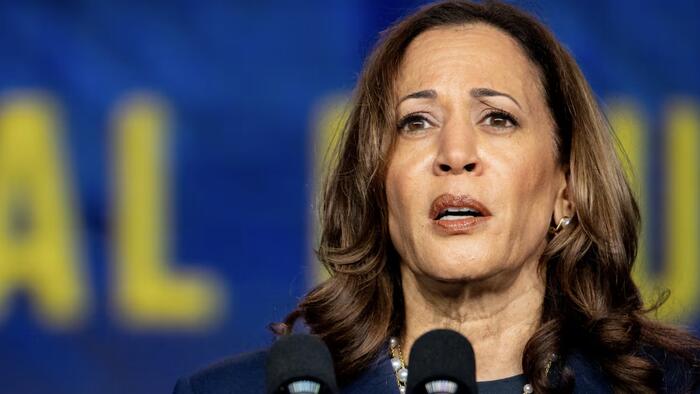As the 2024 election cycle approaches, troubling signs are emerging for the Democratic Party, particularly concerning the candidacy of Kamala Harris in Nevada—a key battleground state. Historical data indicates that Democrats usually dominate early voting, but recent statistics reveal a significant shift in voter behavior. Reports from seasoned Nevada political journalist Jon Ralston highlight a concerning trend where GOP voters have outstripped their Democratic counterparts during early voting. On the first day of early voting, Nevada experienced an unprecedented +25-point swing towards Republicans, marking a stark departure from the norm typically observed in presidential election years.
The early voting breakdown paints a complicated picture. While Democrats lead in mail-in votes statewide, they trail badly in in-person voting, with Republicans leading by over 25,000 votes. This trend is especially alarming in pivotal counties such as Clark and Washoe, where Las Vegas and Reno are located. Ralston notes that nearly 52% of in-person early votes are from Republicans, starkly contrasting the 28% from Democrats, indicating a potential loss in the Democratic stronghold that significantly contributed to their past victories. The early voting results have alarmed party insiders, indicating that Democrats may need to adjust their strategy if these numbers persist.
Urban-rural voting dynamics further compound the Democrats’ challenges in Nevada. Historically, urban areas have delivered significant Democratic voter turnout, forming what Ralston refers to as the “Clark firewall,” which previously acted as a bulwark against Republican gains. However, current trends suggest that this firewall is weakening, with its strength now only a fraction of what it was in 2020. Moreover, Republican voter turnout in rural areas is significantly outpacing the Democratic turnout in urban centers—a new “Rural R firewall” that Ralston identifies could reshape the electoral landscape in Nevada.
The implications of these early voting trends extend beyond mere numbers, as they could forecast the outcome of Election Day. The strong early Republican turnout suggests an increased likelihood that Democrats may face challenges not just in securing their base but also in mobilizing independent voters, who will play a crucial role in determining Nevada’s electoral outcome. Ralston’s analysis emphasizes that in order for Kamala Harris to remain competitive, she would have to achieve a substantial advantage among independent voters, possibly requiring a margin nearing double digits.
While early voting trends could change as the election approaches, the alarming data serves as a wake-up call for the Democratic Party in Nevada. With nearly two weeks of early voting remaining, there remains a possibility for Democrats to recuperate their standing, but Ralston warns that a continuation of current trends could spell disaster for their campaign. If these early voting results are indicative rather than accidental, it could lead to a stark electoral shift that undermines Democratic expectations across the state.
Additionally, the political landscape in Nevada is further complicated by a closely-contested Senate race, where incumbent Democrat Jacky Rosen faces Republican Sam Brown. Despite the Cook Political Report labeling the race as “Lean D,” it aligns with the troubling forecasts for the Democratic ticket. Historically, Republicans have struggled to win Nevada in presidential elections, a streak dating back to George W. Bush’s victory in 2004. However, the early indicators suggest a potential ending of this streak if current voting behaviors persist. The implications are significant: a Republican presidential victory in Nevada this time—coupled with a Senate seat loss—would signal a troubling trend for Democrats in a state where they have traditionally held sway.

